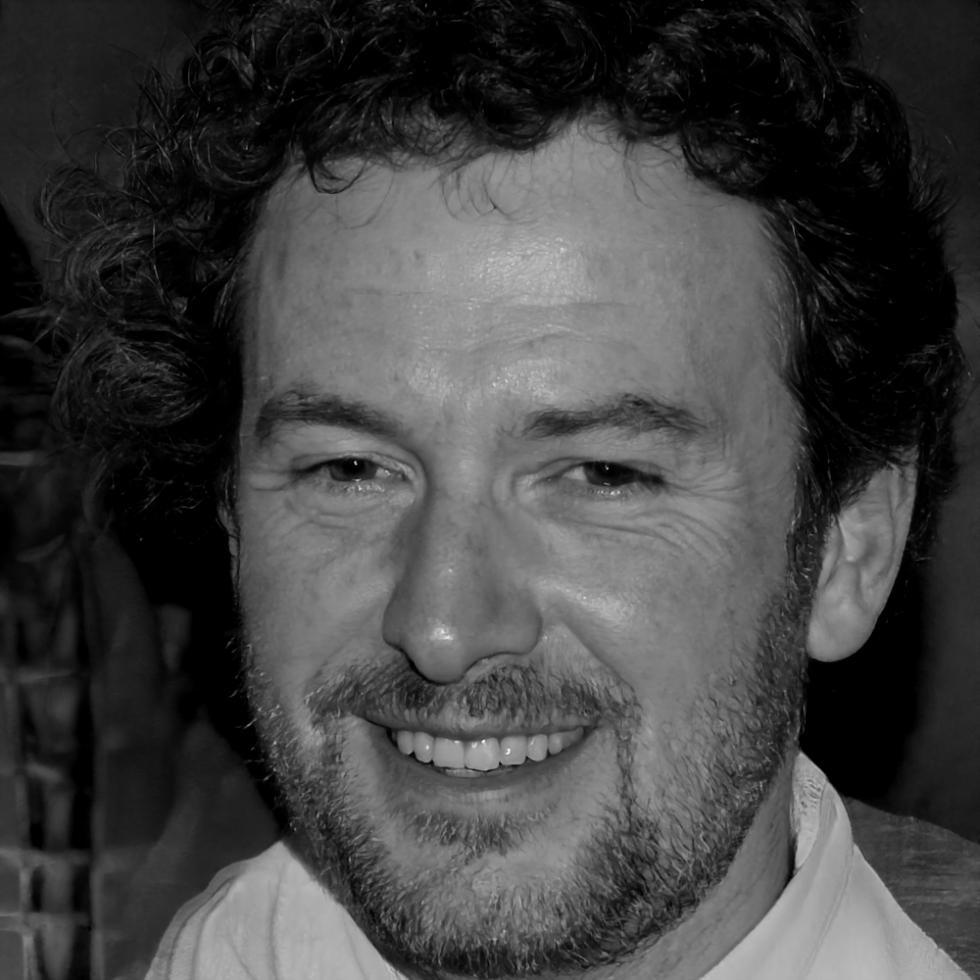Building Long-Term Growth Partnerships
We work alongside businesses across Australia to create financial frameworks that actually support sustainable growth. Not just funding, but strategic relationships that adapt as your business evolves through 2025 and beyond.
Questions At Every Stage
What makes a partnership work?
Most business owners ask us this first. The honest answer: alignment on timing and realistic expectations. We spend time understanding your actual cash flow patterns, not just projections. Some partnerships start in three weeks. Others take six months of planning because the business needs different foundations first.
How do reporting requirements work?
You'll submit quarterly updates through our portal. Takes about an hour if your books are current. We review within five business days and schedule a call if we spot anything worth discussing. One construction partner in Perth told us last month it's less paperwork than their previous bank relationship.
Can terms adjust as revenue changes?
Yes, and they should. We built flexibility into our agreements specifically for this. When a logistics company we work with landed a major contract in early 2025, we restructured their arrangement within two weeks. The framework allows for changes without starting from scratch each time.
What happens during challenging periods?
We've supported businesses through supply chain disruptions, market shifts, and seasonal downturns. The key is early communication. If numbers start trending down, let us know. We can often adjust payment schedules or provide temporary restructuring options that keep everyone moving forward.


Partnership Models That Actually Fit
Different businesses need different approaches. We've built several frameworks over the past eight years that address specific growth scenarios we see repeatedly in the Australian market.
Revenue-Based Arrangements
Payments scale with your monthly revenue. Works particularly well for service businesses with predictable client billing. We partnered with a digital agency in Melbourne using this model, and they've grown from seven to nineteen people since September 2024 without cash flow strain.
Inventory Financing
Funding tied to stock levels and turnover rates. A retail partner in Brisbane uses this to manage seasonal inventory without tying up capital for months. They order in April for summer demand, and repayment aligns with actual sales through December and January.
Equipment Partnerships
Structured around asset acquisition that directly generates revenue. A landscaping business we work with in regional NSW acquired specialized machinery in March 2025. The equipment opened access to larger commercial contracts that cover the partnership costs.
Expansion Capital
Multi-year arrangements for location expansion or market entry. Takes more initial planning but provides stability during growth phases. A cafe group used this model to open their third location last year, with terms that accounted for the typical eighteen-month ramp-up period.
Working Capital Bridges
Short-term support for specific projects or contracts. Common with businesses that have lumpy revenue patterns. A design firm we know uses this when they land projects with net-60 payment terms, bridging the gap between upfront costs and client payment.
Hybrid Structures
Combinations of the above tailored to complex situations. Not every business fits a standard model. We worked with a manufacturing operation that needed both equipment financing and working capital support, creating a structure that addressed both needs without doubling administrative overhead.
Who You'll Work With
Our partnership team operates from Bunbury but works with businesses across Western Australia and beyond. Each person brings specific industry experience that informs how we structure arrangements.

Marcus Elliot
Senior Partnership Director
Spent twelve years in commercial banking before joining us in 2021. Marcus handles complex manufacturing and logistics partnerships. He's the person who figures out creative structures when standard models don't quite fit.

Fiona Radcliffe
Partnership Analyst
Background in retail operations and financial planning. Fiona works primarily with consumer-facing businesses and understands seasonal cash flow challenges intimately. She also manages our quarterly review process for existing partnerships.

Desmond Huang
Business Development
Former tech startup founder who went through growth financing himself. Desmond focuses on service businesses and digital companies. He asks good questions during initial conversations because he's been in your position before.

How Partnership Conversations Actually Start
Most businesses reach out when they're planning something specific, or when current financing isn't working. Here's what the initial process typically looks like.
Initial Discussion
Thirty-minute call to understand your business model and what you're trying to accomplish. We'll ask about revenue patterns, current obligations, and timeline. This helps us determine if partnership makes sense and which model might fit.
Documentation Review
We'll need recent financial statements and projections if you have them. Takes us about a week to analyze and identify potential structures. Some businesses need additional documentation; others have everything ready from the start.
Proposal Development
We present two or three options with specific terms, payment structures, and timing. This stage involves back-and-forth as we refine details. The goal is an arrangement that works for your business reality, not just our standard template.
Agreement and Activation
Legal documentation takes about ten days once terms are finalized. Then funding activates based on the agreed timeline. Some arrangements start immediately; others phase in over weeks or months depending on what you're implementing.